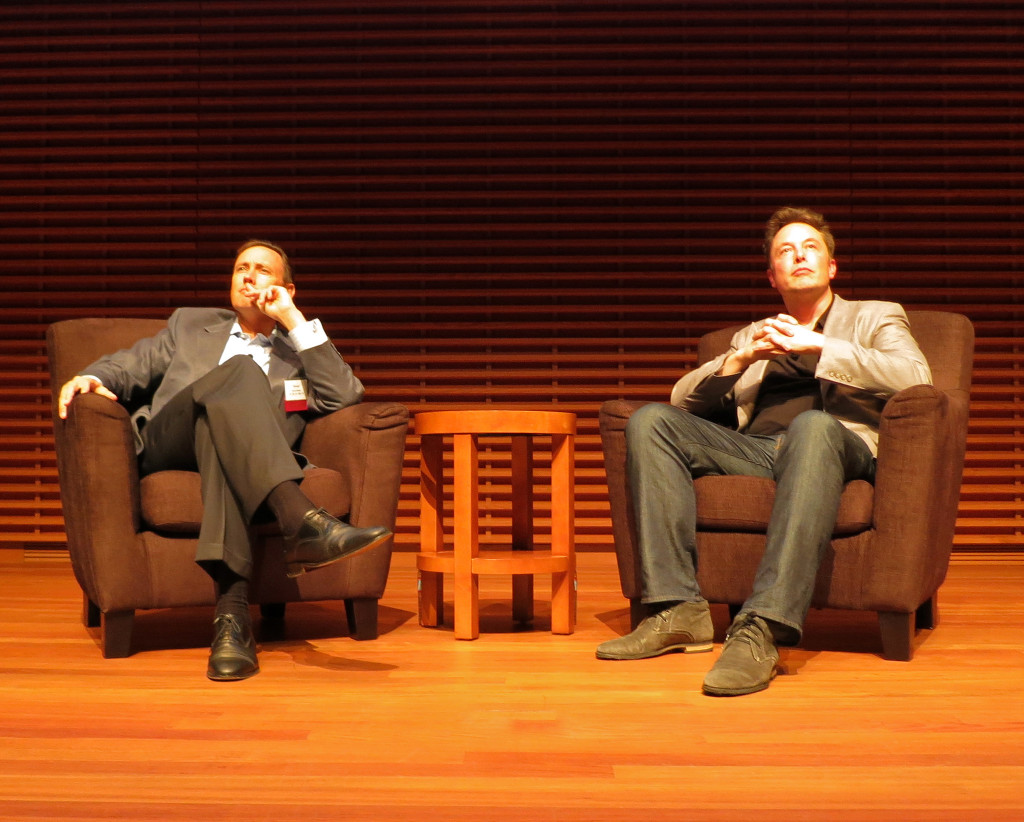
A few years ago, Elon Musk, the man behind Tesla, SpaceX, and Solar City proposed the concept of the Hyperloop, a high speed transportation system in which pressurized passenger capsules travel inside of partially-evacuated, elevated tubes, floating on a cushion of air and being driven by linear induction motors and air compressors. The vision was for a route between Los Angeles and San Francisco that would transport passengers between the two cities in 35 minutes travelling at an average speed of about 600 mph.
It all sounded like a pipe dream taken out of a 1950s science fiction novel. But the Hyperloop is getting closer to becoming reality. A new company called Hyperloop Transportation Technologies or HTT has secured agreements to break ground early next year on a five-mile test system in California. It is expected to be operational in 2018.
A second California company is also in the business of trying to make the Hyperloop a reality.
One thing to realize about Hyperloop is that it is mostly based upon existing technology. Nobody has built one of these things before, but pretty much everything in it has been used in some existing application. In some ways, Hyperloop is an updated, large-scale version of the old pneumatic tubes that used to move documents around office buildings.
There is, of course, the matter of cost, but both Musk and the new companies involved in the technology estimate that a Hyperloop connecting Los Angeles and San Francisco would actually cost far less to build than California’s planned high-speed rail system.
Sometimes, science fiction ends up becoming reality.
**********
.
Web Links
Elon Musk’s Hyperloop to Break Ground: 5 Things to Know
Photo, posted October 2, 2013, courtesy of Steve Jurvetson via Flickr.
.
Earth Wise is a production of WAMC Northeast Public Radio.